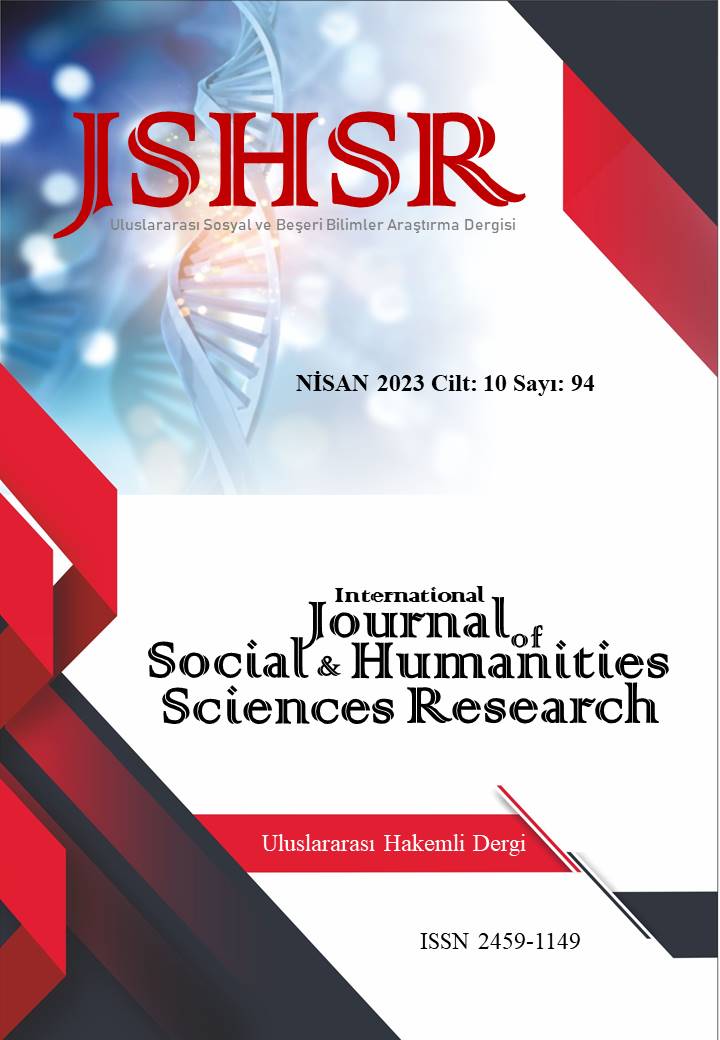ASYMMETRIC INVESTIGATION OF THE RELATIONSHIP BETWEEN IMPORTS AND ECONOMIC GROWTH
DOI:
https://doi.org/10.26450/jshsr.3590Keywords:
Imports, Economic Growth, NARDL, Hatemi-JAbstract
The import-based growth model can have positive effects on the economic development processes of developing countries such as Turkey. In this context, this study, it is aimed to examine the reflections of the import-based growth model on the Turkish economy. The research was analyzed in the light of asymmetric components between 1988-2021 and the Nonlinear Latency Distributed Autoregressive (NARDL) method and Hatemi-J (2012) asymmetric causality test were used in the analysis of the data. According to NARDL cointegration and parameter coefficient test results, it has been determined that imports and economic growth are asymmetrically cointegrated in the long run and both positive and negative components of imports have an increasing effect on economic growth. According to Hatemi-J (2012) causality test results: from the negative component of economic growth to the negative component of imports; from the positive component of imports to the positive component of economic growth; from the negative component of imports to the negative component of economic growth; It has been determined that there is a causality from the negative component of imports to the positive component of economic growth. Within the scope of the research, it has been determined that the import-based growth model is valid in the Turkish economy. However, since the said model is not a sustainable policy in the long run, in this context, policies should be given priority to increasing the level of domestic input and intermediate goods supply in order to maintain the economic growth phenomenon in a healthy conjuncture.
Downloads
Published
How to Cite
Issue
Section
License
Copyright (c) 2023 INTERNATIONAL JOURNAL OF SOCIAL HUMANITIES SCIENCES RESEARCH

This work is licensed under a Creative Commons Attribution 4.0 International License.


